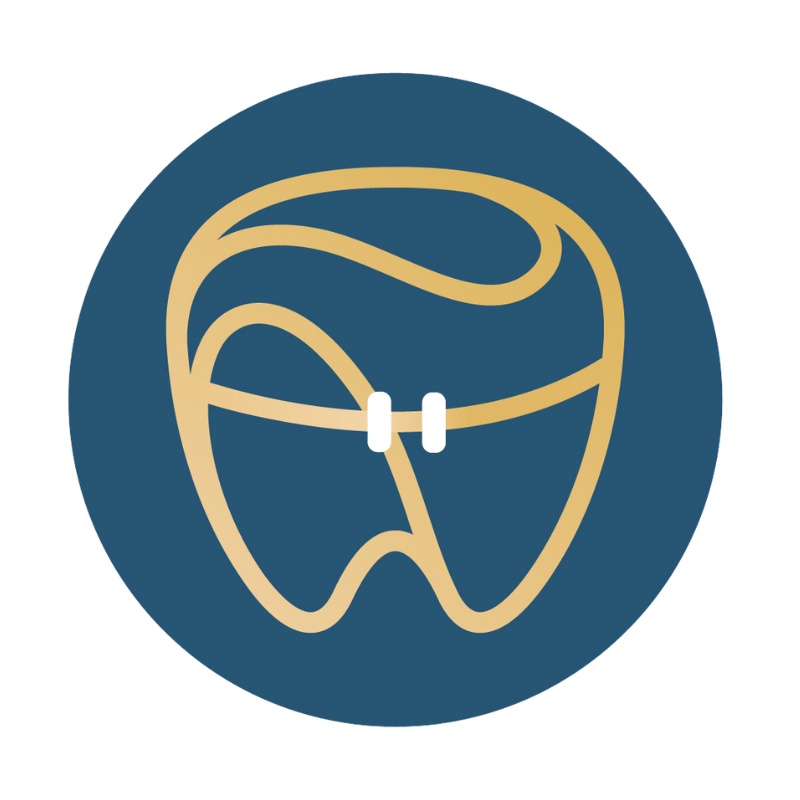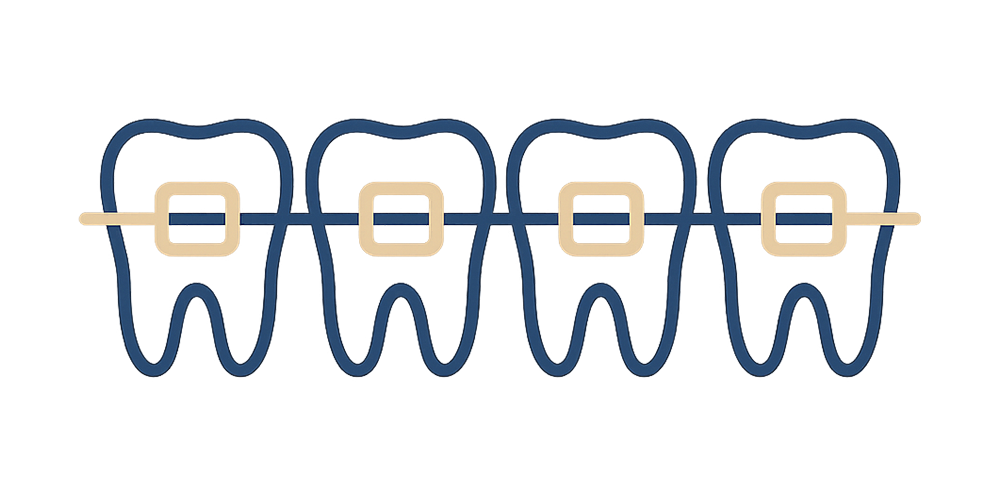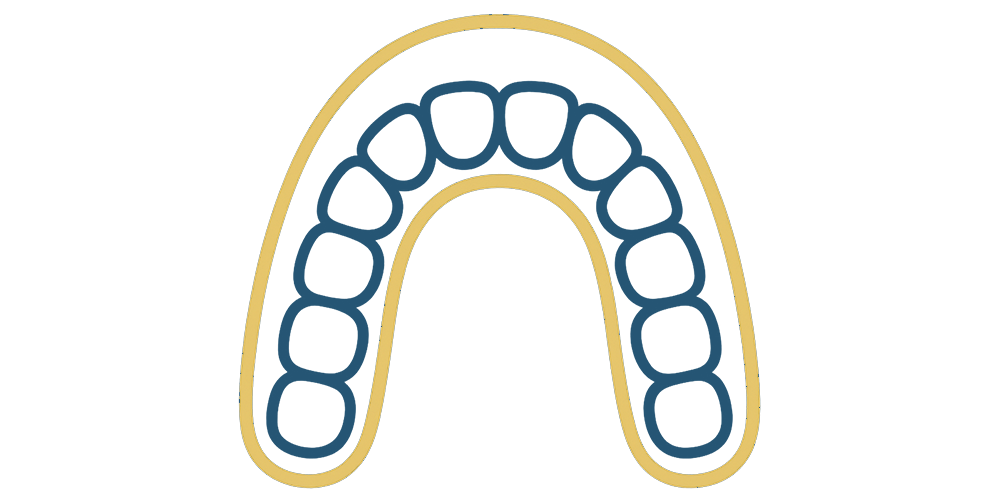Key Steps in the Treatment Process
First Consultation | Orthodontic Assessment | Diagnostic Appointment | Placing the Orthodontic Appliance | Follow-ups| End of Treatment
-
The First Consultation
During this initial appointment, the objective is to:
- answer your questions and listen to your expectations,
- make an accurate diagnosis,
- present treatment options (braces, clear aligners, interceptive appliances…),
- explain the stages of orthodontic treatment,
- provide one or more detailed quotes based on the proposed treatments, so you can clearly understand what your insurance covers.
The treatment plan is established after a full analysis of dental impressions, photographs, and X-rays.
The first consultation is 100% covered by Social Security and your health insurance.
-
The Orthodontic Assessment
This appointment involves carrying out several examinations:
- Photographs of the face and teeth
- X-rays (panoramic dental X-ray, lateral cephalometric X-ray)
- Digital impressions taken using an intraoral scanner
-
The Diagnostic Appointment
After collecting photographs, digital impressions, and X-rays during the assessment appointment, Dr. Kebaili analyzes this data to establish a personalized orthodontic treatment plan.
During this appointment, the orthodontic diagnosis will be clearly explained, along with one or more treatment proposals tailored to your case.
This session is also used to sign administrative documents, including the Prior Agreement Request (DEP), which is essential for health insurance coverage.
-
Placing the Orthodontic Appliance
Placing the appliance marks the start of the active phase of orthodontic treatment.
This step involves fitting the appropriate device: interceptive treatment, clear aligners, or multi-bracket appliances (braces).
The appointment duration ranges from 10 to 45 minutes, depending on the type of appliance applied.
-
Follow-up Appointments
Subsequent sessions are short and scheduled at regular or variable intervals depending on the treatment needs and techniques used.
They are typically spaced 4 to 8 weeks apart.
These check-up appointments are essential to ensure treatment progresses properly and everything is on track.
Irregular follow-up may lead to delays in completing the treatment.
-
End of Treatment – Retention Phase
The appliance removal session (also called “debonding”) consists of removing the brackets, cleaning the teeth, and then placing the retention devices.
This retention phase is essential to maintain the results achieved and to prevent teeth from shifting after treatment.
Retention follow-up appointments are spaced out but regular, and typically last around one year.
Don't forget to bring your retainers to each follow-up visit.
Publié surTrustindex vérifie que la source originale de l'avis est Google. Nadia suit mes enfants depuis longtemps , elle est très professionnelle et à l écoute des demandes de ses patients . Petite mention spéciale aussi pour Marion à l’accueil , très souriante !Publié surTrustindex vérifie que la source originale de l'avis est Google. C'est superrrrrrrr merci docteur Kebaili ☺️☺️☺️Publié surTrustindex vérifie que la source originale de l'avis est Google. Publié surTrustindex vérifie que la source originale de l'avis est Google. Cabinet à taille humaine où j’ai véritablement ressenti une attention particulière à chaque rendez-vous, contrairement à mon suivi précédent. De plus, le cabinet offre des facilités de paiement sans frais. Bref, un grand merci au Dr Kebaili et à son équipe.Publié surTrustindex vérifie que la source originale de l'avis est Google. Excellente orthodontiste ! Très aimable elle a fait un travail remarquable. Le suivi a été impeccable. Je recommandePublié surTrustindex vérifie que la source originale de l'avis est Google. très bonne cliniquePublié surTrustindex vérifie que la source originale de l'avis est Google. Un travail remarquable. Une équipe de qualité, a l'écoute, rassurant. Recommandations sans hésitationPublié surTrustindex vérifie que la source originale de l'avis est Google. Super ortho, suivi pro et de qualité je recommande les yeux fermés ☺️Publié surTrustindex vérifie que la source originale de l'avis est Google. Une équipe au top, toujours souriante et bienveillante 🙂Publié surTrustindex vérifie que la source originale de l'avis est Google. Très content de mon traitement. Cabinet au top! Merci au Dr Kebaili et à son équipe.Certifié par: TrustindexLe badge vérifié de Trustindex est le symbole universel de confiance. Seules les meilleures entreprises peuvent obtenir le badge vérifié, avec une note supérieure à 4.5, basée sur les avis des clients au cours des derniers 12 mois. En savoir plus

OPENING HOURS
Tuesday, Wednesday, Thursday, and Friday:
9:30 AM – 2:00 PM, 3:00 PM – 7:00 PM
CONTACT
+33 01 47 72 05 68
12 Place du Général Leclerc, 92150 Suresnes France












